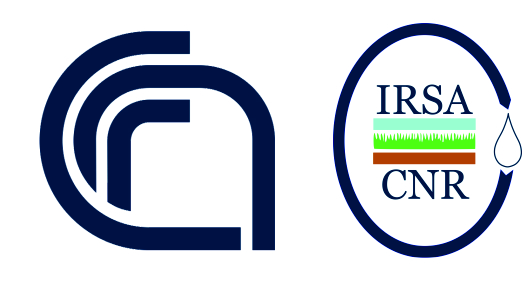| Title | Electrobioremediation of oil spills |
| Abstract | Annually, thousands of oil spills occur across the globe. As a result, petroleum substances and petrochemical compounds are widespread contaminants causing concern due to their toxicity and recalcitrance. Many remediation strategies have been developed using both physicochemical and biological approaches. Biological strategies are most benign, aiming to enhance microbial metabolic activities by supplying limiting inorganic nutrients, electron acceptors or donors, thus stimulating oxidation or reduction of contaminants. A key issue is controlling the supply of electron donors acceptors. Bioelectrochemical systems (BES) have emerged, in which an electrical current serves as either electron donor or acceptor for oil spill bioremediation. BES are highly controllable and can possibly also serve as biosensors for real time monitoring of the degradation process. Despite being promising, multiple aspects need to be considered to make BES suitable for field applications including system design, electrode materials, operational parameters, mode of action and radius of influence. The microbiological processes, involved in bioelectrochemical contaminant degradation, are currently not fully understood, particularly in relation to electron transfer mechanisms. Especially in sulfate rich environments, the sulfur cycle appears pivotal during hydrocarbon oxidation. This review provides a comprehensive analysis of the research on bioelectrochemical remediation of oil spills and of the key parameters involved in the process. (C) 2017 Elsevier Ltd. All rights reserved. |
| Source | Water research (Oxf.) 114, pp. 351–370 |
| Keywords | Petroleum hydrocarbonsChlorinated solventsBioremediationBioelectrochemical systemsSulfate reducing bacteria |
| Journal | Water research (Oxf.) |
| Editor | Pergamon Press., New York, Regno Unito |
| Year | 2017 |
| Type | Articolo in rivista |
| DOI | 10.1016/j.watres.2017.02.030 |
| Authors | Daghio, Matteo; Aulenta, Federico; Vaiopoulou, Eleni; Franzetti, Andrea; Arends, Jan B. A.; Sherry, Angela; Suarez-Suarez, Ana; Head, Ian M.; Bestetti, Giuseppina; Rabaey, Korneel |
| Text | 372288 2017 10.1016/j.watres.2017.02.030 ISI Web of Science WOS 000397695800034 Scopus 2 s2.0 85014549108 Petroleum hydrocarbons Chlorinated solvents Bioremediation Bioelectrochemical systems Sulfate reducing bacteria Electrobioremediation of oil spills Daghio, Matteo; Aulenta, Federico; Vaiopoulou, Eleni; Franzetti, Andrea; Arends, Jan B. A.; Sherry, Angela; Suarez Suarez, Ana; Head, Ian M.; Bestetti, Giuseppina; Rabaey, Korneel Univ Milano Bicocca; CNR; Univ Ghent; Newcastle Univ Annually, thousands of oil spills occur across the globe. As a result, petroleum substances and petrochemical compounds are widespread contaminants causing concern due to their toxicity and recalcitrance. Many remediation strategies have been developed using both physicochemical and biological approaches. Biological strategies are most benign, aiming to enhance microbial metabolic activities by supplying limiting inorganic nutrients, electron acceptors or donors, thus stimulating oxidation or reduction of contaminants. A key issue is controlling the supply of electron donors acceptors. Bioelectrochemical systems BES have emerged, in which an electrical current serves as either electron donor or acceptor for oil spill bioremediation. BES are highly controllable and can possibly also serve as biosensors for real time monitoring of the degradation process. Despite being promising, multiple aspects need to be considered to make BES suitable for field applications including system design, electrode materials, operational parameters, mode of action and radius of influence. The microbiological processes, involved in bioelectrochemical contaminant degradation, are currently not fully understood, particularly in relation to electron transfer mechanisms. Especially in sulfate rich environments, the sulfur cycle appears pivotal during hydrocarbon oxidation. This review provides a comprehensive analysis of the research on bioelectrochemical remediation of oil spills and of the key parameters involved in the process. C 2017 Elsevier Ltd. All rights reserved. 114 Published version https //www.sciencedirect.com/science/article/abs/pii/S0043135417301185 WR_Electrobioremediation review Published article WR 2017_ 114 351 370 .pdf Articolo in rivista Pergamon Press. 0043 1354 Water research Oxf. Water research Oxf. Water res. Oxf. Water research. Oxf. federico.aulenta AULENTA FEDERICO KILL SPILL Integrated Biotechnological Solutions for Combating Marine Oil Spills |
